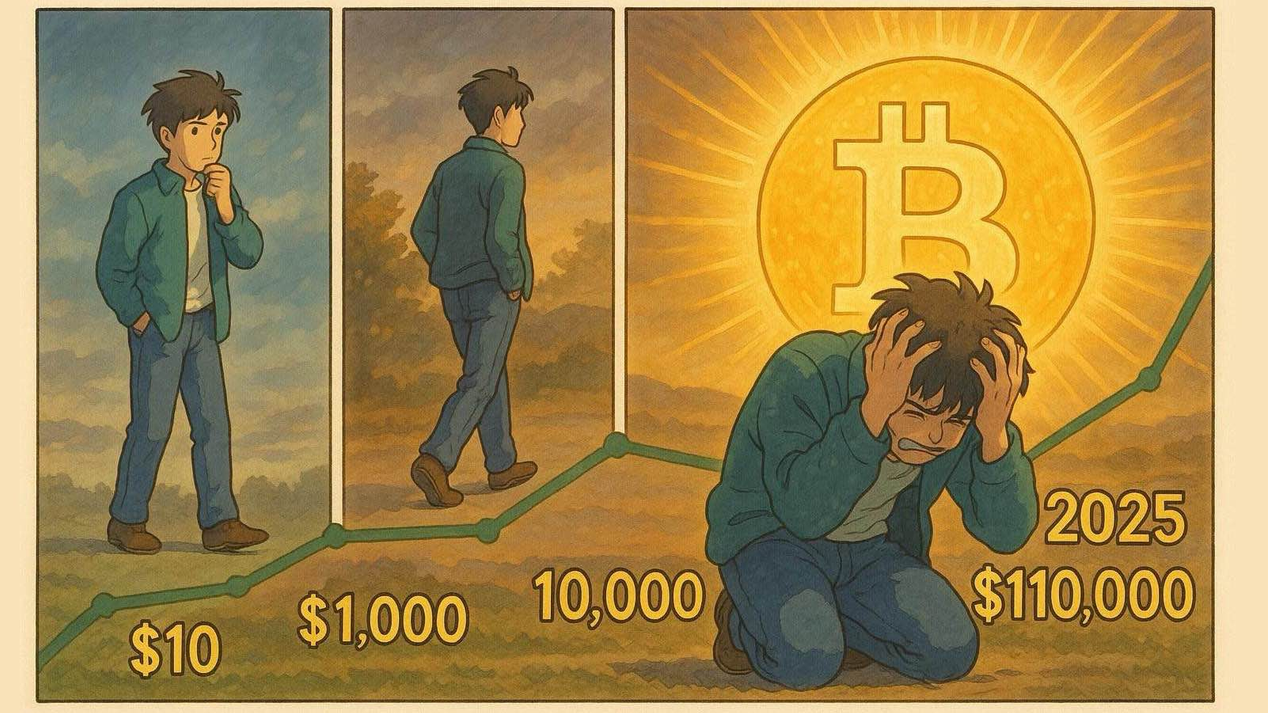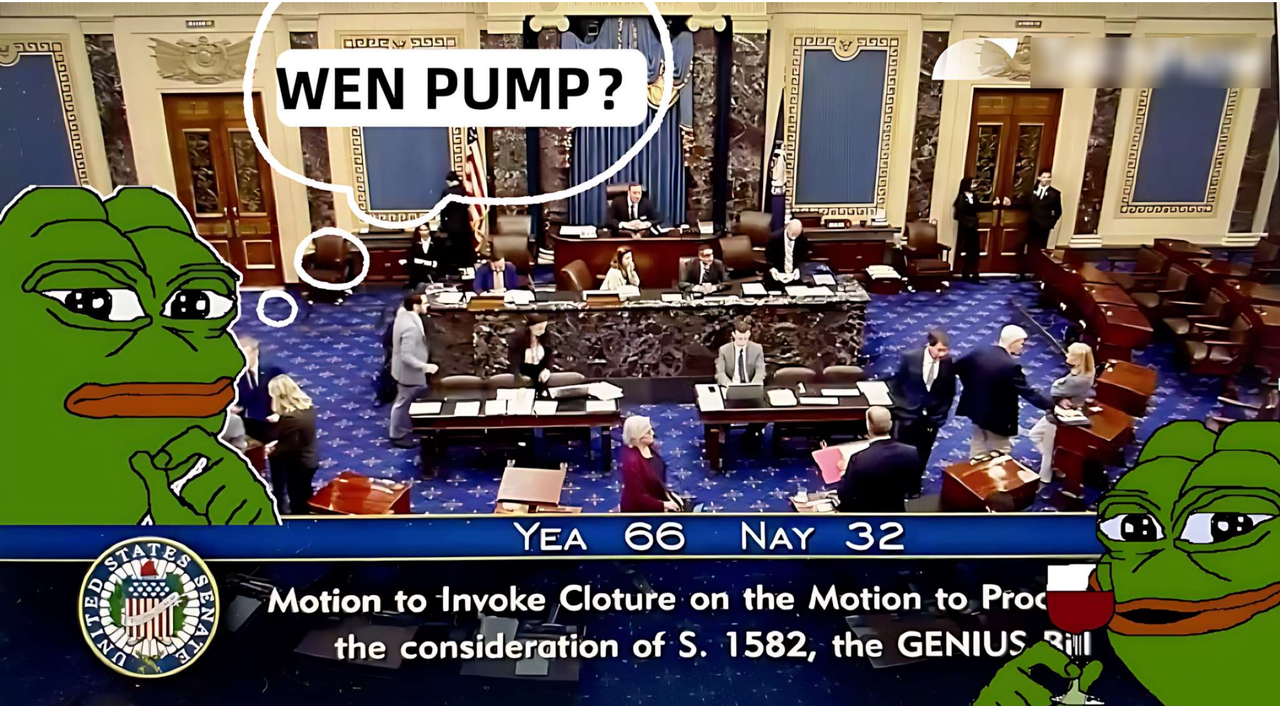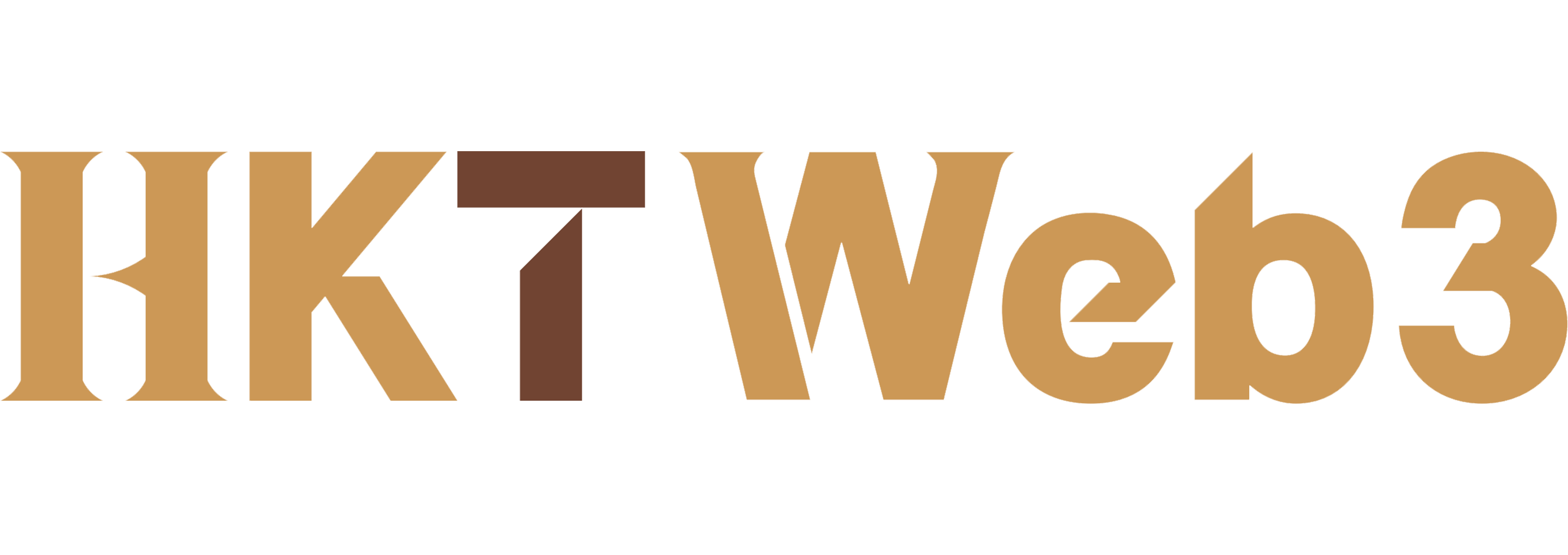Hong Kong compliance stablecoin is coming, take a quick look at its history and main content
 2025-05-26 10:59
2025-05-26 10:59Hong Kong compliance stablecoin is coming.
Sure enough, there is pressure only when there is competition. After the US Senate accelerated the legislative process of the stablecoin GENIUS bill, the Hong Kong stablecoin regulation bill passed ahead of the US.
On May 21, 2025, the Hong Kong Legislative Council officially passed the Stablecoin Bill in its third reading.The bill will come into effect as long as the Chief Executive of Hong Kong signs it and publishes it in the Gazette. This means that Hong Kong will officially implement stablecoin regulation. Anyone who publishes fiat stablecoins in Hong Kong, or publishes fiat stablecoins claiming to be anchored to the Hong Kong dollar value in Hong Kong or elsewhere, must apply for a license from the Hong Kong Monetary Authority.
According to the current progress, the crypto industry may see the birth of a compliant Hong Kong stablecoin by the end of 2025.This article briefly reviews the important process and main content of the "Stablecoin Bill" in Hong Kong.
Important process of the draft Stablecoin Regulations
On January 12, 2022, the Hong Kong Monetary Authority released a discussion paper on cryptoassets and stablecoins
October 31, 2022 Hong Kong Virtual Asset Development Declaration
On January 31, 2023, the Hong Kong Monetary Authority released a summary of the discussion paper on cryptoassets and stablecoins
In June 2023, the licensing system for virtual asset trading platforms in Hong Kong will be implemented
From December 2023 to February 2024, a public consultation paper was released to collect opinions on the legislative proposal to regulate stablecoin publishers, and a total of 108 opinions were received
On March 12, 2024, the Hong Kong Monetary Authority launched a stablecoin publisher sandbox
On July 17, 2024, the Hong Kong Treasury Bureau and the Hong Kong Monetary Authority jointly released a public consultation summary
On July 18, 2024, the Hong Kong Monetary Authority announced the participants of the stablecoin sandbox: JD.com Coin Chain Technology (Hong Kong) Co., Ltd., Yuanbi Innovation Technology Co., Ltd., Standard Chartered (Hong Kong) Co., Ltd., Animoca Brands Group Co., Ltd., and Hong Kong Telecommunications
On December 3, 2024, the Chief Executive of Hong Kong instructed the submission of the Stablecoin Bill to the Legislative Council
On December 6, 2024, the Stablecoin Bill was gazetted
December 18, 2024 Legislative Council First Reading
On January 3, 2025, the House Committee considered
On January 21, 2025, the Bills Committee considered
May 21, 2025, passed on second/third reading
The date is to be determined, and it will officially take effect after the Chief Executive signs and the legislation is gazetted

Main Contents of the Stablecoin Bill
1. Regulatory authorities
Financial management commissioner
2. Regulated stablecoins
Hong Kong's stablecoin licensing regime focuses on fiat stablecoins and defines a "specified stablecoin" subject to the supervision of the Monetary Authority as a stablecoin that claims to be anchored to one or more official currencies to maintain a stable value.
Stablecoins with reference to the value of other assets (e.g. commodities) may in future be specified by the Monetary Authority as a specified stablecoin by way of notice published in the Gazette.
3. Regulated stablecoin activities
No person shall engage in regulated stablecoin activities in Hong Kong in the course of business, including publishing specified stablecoins, without a licence granted by the Monetary Authority.
Any person who actively promotes the publication of a specified stablecoin to the Hong Kong public is considered to be engaging in regulated stablecoin activities and is required to obtain a license from the Monetary Authority.
Stablecoins anchored to a Hong Kong dollar value (whether in whole or in part) should be covered as regulated stablecoin activity even if published outside Hong Kong, regardless of the place of publication.
4. Licensing criteria
The Hong Kong stablecoin licensing criteria include the following main elements:
(A) Management and stabilization of reserve assets : Specifies that the market value of the reserve assets of stablecoins must at all times be at least equal to their circulating face value. Licensees must have robust stabilization mechanisms, proper segregation and management of reserve assets, and adequate disclosure policies;
(B) Redemption : To ensure that the holders of the specified stablecoins ("Holders") are properly safeguarded, the licensee must pay the face value of the specified stablecoin to the holder making a valid redemption request, without attaching unduly burdensome conditions and unreasonable fees. The redemption procedures, time limits, any conditions or fees involved, and entitlements should also be clearly disclosed for the information of the holder ;
(C) having a physical presence in Hong Kong : To ensure effective supervision and enforcement by the Monetary Authority, the licensee must have a physical presence in Hong Kong ;
(D) Financial resources: The licensee must have sufficient financial resources to operate its business, including the requirement of a minimum fully paid-up capital of HK $25 million ;
(E) fit and proper: the licensee's controller, CEO and directors must be fit and proper, and the person responsible for managing and operating regulated stablecoin activities must have the required knowledge and experience;
(F) Prudence and risk management: Licensees must have appropriate risk management policies and procedures to manage the risks arising from their business operations, which should be commensurate with the scale and complexity of their operations. Licensees should also have sound and appropriate control systems to prevent and combat possible money laundering and terrorist financing activities.
5. License period
To grant an open licence to the licensee, as long as the licensee's licence is not revoked by the Monetary Authority, his licence will continue to be valid . The licensee will be subject to continuous supervision by the Monetary Authority.
6. Who can sell stablecoins to the public?
Only the following institutions regulated by the Monetary Authority or the Hong Kong Securities Supervision Commission may sell designated stablecoins to the public:
(A) Licensees under the fiat stablecoin publisher regime;
(B) a virtual asset trading platform licensed by the Securities Supervision Commission;
(C) a corporation licensed by the Securities Supervision Commission under section 116 of the Securities and Futures Ordinance (Cap. 571) to conduct Type 1 regulated activities;
(D) an authorized institution as defined in the Banking Ordinance (Cap. 155).
7. What are the penalties for publishing stablecoins without a license or having a license but violating regulations?
(A) conducting stablecoin activities without a license: to a fine of HK $5 million and to imprisonment for seven years;
(B) sale of stablecoins by non-designated licensees: to a fine of HK $5 million and to imprisonment for seven years;
(C) fraud or deception involving specified stablecoin transactions: to a fine of HK $10 million and to imprisonment for 10 years;
(D) Fraudulent or reckless misrepresentation by inducing the acquisition of a specified stablecoin: to a fine of HK $1 million and to imprisonment for seven years.
8. What powers does the financial management commissioner have?
In order to effectively implement the system, the Hong Kong Legislative Council has given the Monetary Authority the power to carry out continuous supervision, Its powers include requiring the submission of documents and records, issuing instructions, making regulations, issuing guidelines, etc , such as: specifying an activity as a regulated stablecoin activity; designating an entity providing services to a stablecoin payment system as a regulated and regulated designated stablecoin entity; designating a stablecoin publisher who does not require a license as a designated stablecoin entity; directing investigators to conduct investigations, requiring evidence related to suspected violations, requiring relevant persons to provide assistance in the investigation, and applying for search warrants and seizures from judges when necessary; and Regulatory penalties, including suspension or revocation of licenses, and imposition of not more than 10 million Hong Kong dollars or equivalent profits or A penalty of three times the amount of the avoided loss (whichever is higher).
Latest news
-

- See more
Bitcoin breaks through 110,000 dollars, regrets and misses of those years
On May 22, the 14th anniversary of Bitcoin Pizza Day, Bitcoin broke through the ...
 2025-05-26
2025-05-26
-

- See more
Rethinking Bitcoin's Lightning Network Design from a Thunderbolt Perspective
Why can't I buy coffee with bitcoin?When most people think of Bitcoin, the first...
 2025-05-26
2025-05-26

